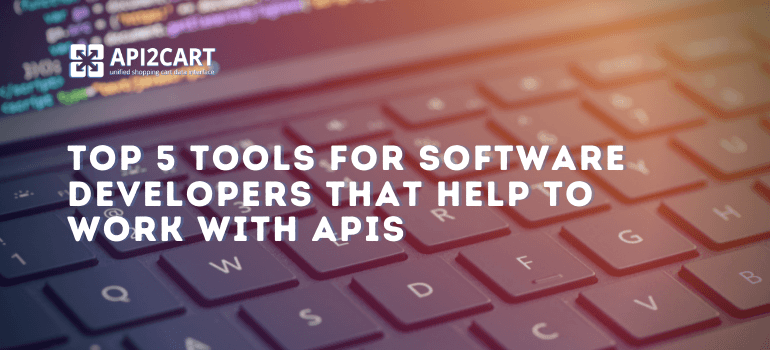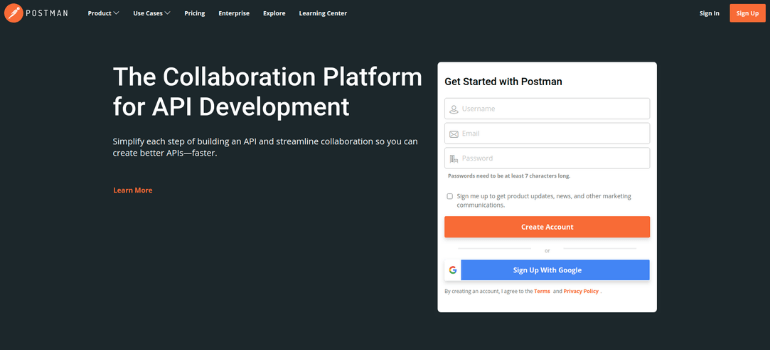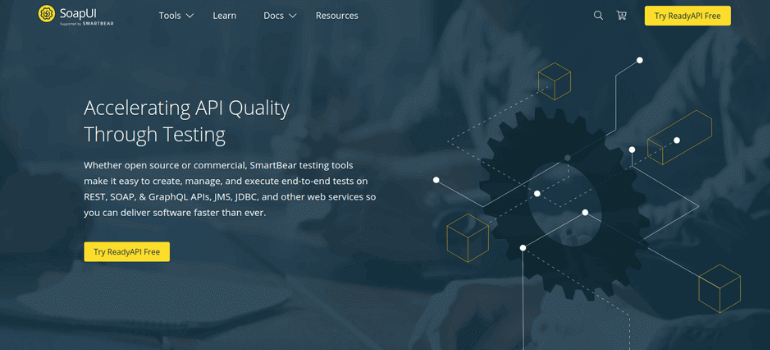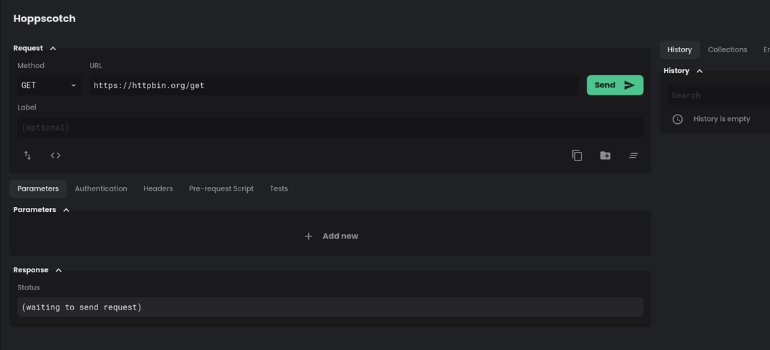
Top 5 API Tools for Software Developers: Boost Your API Development
Developers and technical directors need to be able to manipulate APIs quickly. The same goes true for B2B software providers that work in the niche of API development. Anyone who has experience in API development knows that this task is not an easy one. Working with APIs is so much more than coding. The truth is that API development is a tedious process that requires a multitude of components and integrations. Additionally, it includes planning, designing, debugging, testing, sharing, documenting, reviewing, improving, and communicating. However, above all else, proper API development involves using the right tools. One of the most commonly used APIs protocol is the RESTful API. Working under REST rules, this modern API is considered to be more reliable than others. Of course, developers should also consider using other tools alongside the RESTful API in order to minimize production time and maximize their efforts. Without further ado, let’s take a closer look at the top 5 tools software developers can use to better work with APIs.Tool #1: Postman

Tool #2: Insomnia

Tool #3: SoapUI

Tool #4: Hoppscotch




